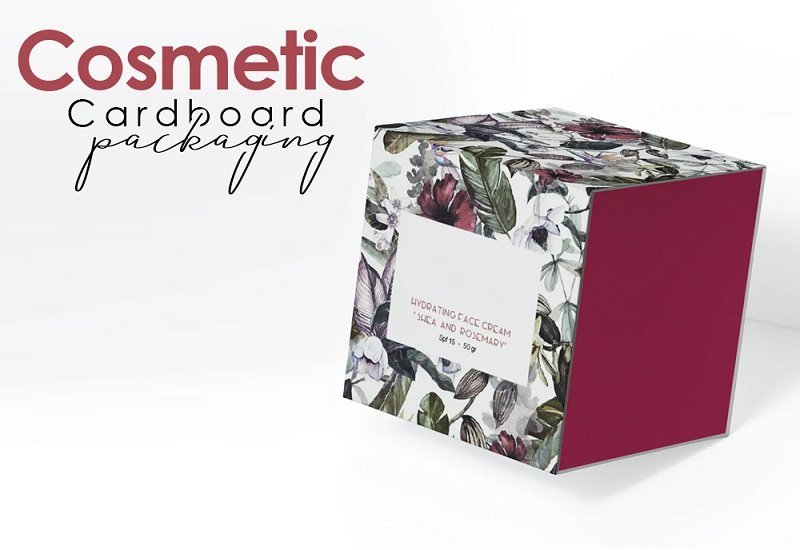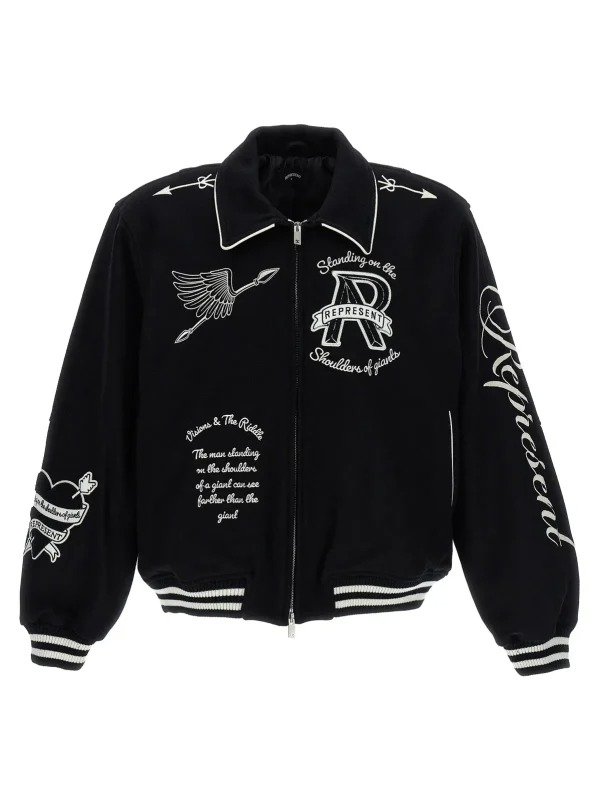Advance Techniques Used in Cosmetic Cardboard Packaging
With the launching of novel products every day, the competition among the rival brands is getting severe in the cosmetic industry. The competition has now shifted from the products to the packaging realm since it is the one that makes the difference. The cosmetic cardboard packaging is living a moment of transformation driven by advancement in technology. The sole reason behind the advanced technology used in designing this packaging is to cast a long-lasting impact on the customers. In case you are not aware of these technological advancements, read out this brief article to the end.
Novel Printing techniques:
Printing on custom cosmetic boxes is an extensive subject since there has been a lot of technological progressions. One advanced printing technology that has emerged in the cosmetic industry is digital printing. It is quite famous for its print color precision and holds the capacity for printing ultra HD images on the packaging.
Another commonly utilized printing method is lithography that uses printing plates. These plates are first inked, and after that, they are pressed onto the paper to print the desired design.
This technique ensures a high-quality print as the color gradients in the graphics appear more bright and smooth. Silkscreen printing is becoming the go-to choice of many manufacturers since it is cost-savvy and does not require flat surfaces for printing. Moreover, flexographic printing is often the common choice in which the rubber printing plates are used for transferring the inks onto the printing surface.
Die-cutting:
Die-cutting technology is currently being employed by a wide range of industries, with the cosmetic industry on top of the list. In this specific process, a part of the custom cosmetic boxes is cut with a cutter’s help to transform them into the desired shape and styles. This process involves several rules for cutting, such as perforating, scoring, creasing, etc.
One of the most novel die-cutting techniques is flatbed die-cutting. In this method, the dies are created from a smooth and rectangular hardwood comprising a distinctive die shape. The flatbed machine resolutely presses the cardboard by using a cutting die. It is often not a preferable choice for the larger designs; however, it works best for smaller intricate designs such as slit scores, cut-outs, and tight cuts.
Rotary die-cutting is another innovative technology that is much quicker for bulk production of simple designs. It has rotary dies that are rolled over the cardboard compared to the flatbed die cutters that are pressed down.
Embossing and debossing:
They are both the methods used for imprinting some impressive and depressing images on the custom printed boxes to add further depth to their design. The embossing is usually employed when you require to raise an image or logo to create a 3D effect.
In this technique, a metal die is pushed into the cardboard from beneath to accomplish the raised area or design on the boxes. The inks and foils are used; however, the raised area can also be left un-foiled and unprinted for a blind design. Debossing is the opposite of embossing since it creates an indent in the cardboard.
On the front-facing side of the cosmetic cardboard packages, a metal die is stamped to create a depression on their surface. The depressed area can be left blank for a blind design; however, you can also fill it with ink for more visual expressiveness.
State-of-the-art inks:
The custom cardboard packages are now printed with novel inks instead of chemical-laden inks. Previously, the plastisol inks were quite a common choice for the manufacturers to print the designs. However, with the increased environmental concerns of the customers, they are now shifting towards inks that are eco-friendly and provide complete accuracy.
The water-based and soy-based inks are becoming more famous in this regard. As compared to the traditional printing inks, they do not emit harmful chemicals and seep well through the surface of the packaging. Not just that, but they are also quite influential in printing on both the porous and non-porous surfaces with assured excellent results.
Modern recycling methods:
As the custom cardboard packages are recyclable, the manufacturers use two common methods to recycle them. One such method is pulping, where the cardboard is separated from the paper and other unwanted products like coatings, dyes, inks, tapes, etc. Once it has been separated, it is baled and sent into a mill for shredding into tiny pieces.
The pulping machine unstiffens and breaks down the cardboard by the application of water and some chemicals. The residual inks and tapes are filtered out, and the pulp is mixed again with the water. After the mixing process, the fibers are taken out for drying that, in the end, form huge rolls of paper ready for creating the newer packages. Another recycling technique is composting, in which cardboard is composted to recycle several times.
There are a whole lot of advancement techniques used in the production and designing of cosmetic cardboard packaging. Some novel printing methods and printing inks are being employed for excellent visual appeal and elegance. Besides, the recycling methods such as pulping and composting are being utilized to spend fewer resources in the production process of packaging.







